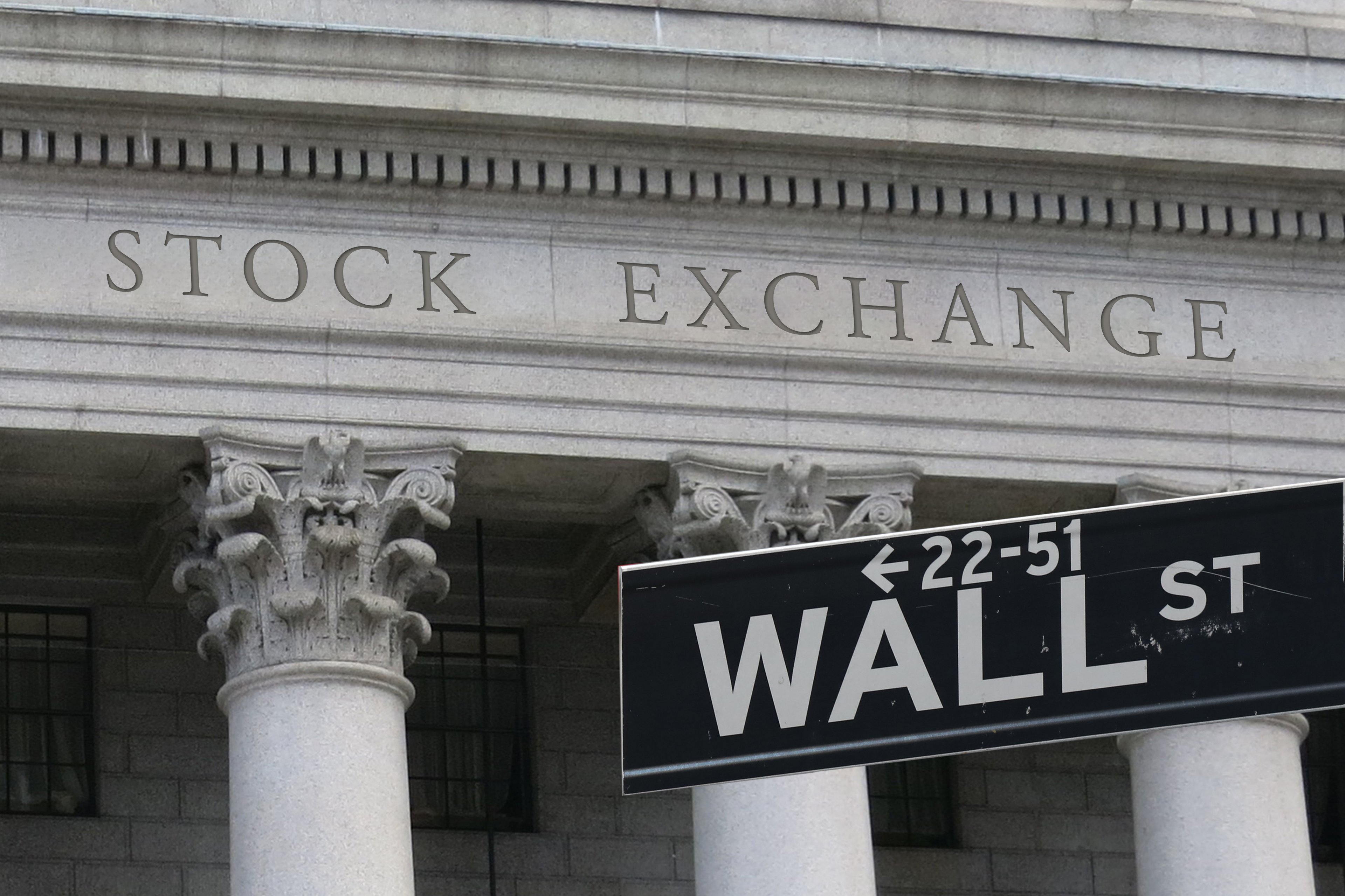JPMorgan Chase (JPM +0.99%) is the largest bank in the United States, in terms of asset size. It has also been an extraordinary stock to own in recent years. In fact, over the past five years, JPMorgan Chase has produced a 247% total return for investors, compared with 105% from the S&P 500. That means a $1,000 investment would be worth $3,470 today.
To be sure, bank stocks as a group have generally beaten the S&P 500 over the past five years. The Financial Select Sector SPDR ETF (XLF +0.54%) delivered a total return of 141% over the same period, significantly ahead of the S&P. Five years ago, we were in the early stages of the COVID-19 pandemic, and there were widespread fears of loan defaults and prolonged economic disruption. When that didn't happen, the sector rebounded sharply.
Even so, JPMorgan Chase outperformed the overall financial sector by more than 100 percentage points.

Image source: Getty Images.
Why has JPMorgan Chase stock performed so well?
For one thing, JPMorgan Chase has continually reported strong financial results. In nearly every quarter, the bank's earnings and revenue have come in above analyst estimates.
Also, management has prioritized returning capital to investors, both through buybacks and dividends. The bank's outstanding share count has dropped by 10% in the past five years, and dividends account for 44 percentage points of the stock's total return over the past five years.
Finally, JPMorgan has a history of coming out of banking crises even stronger, and that was certainly the case in 2023, when it acquired most of failed First Republic Bank's assets and deposits.
At the current share price, JPMorgan Chase has a market capitalization of about $812 billion. But if it keeps up its outstanding performance, it could be the first bank to join the trillion-dollar club in the not-too-distant future.







